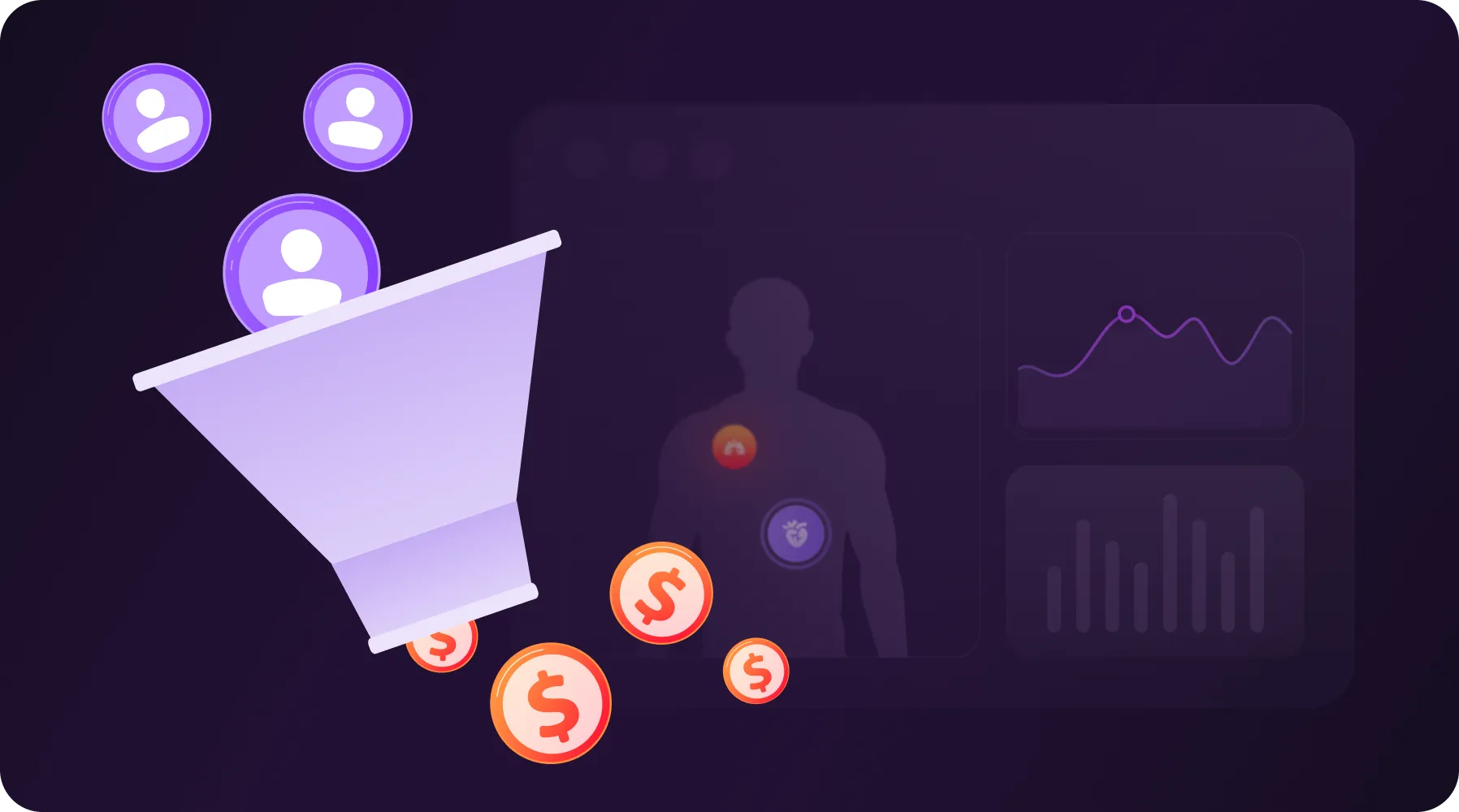Unique Approach to Telehealth Design

Telehealth, simply put, is some type of delivery. It helps to provide health care services when patients and health professionals are separated by distance via remote technologies. Telehealth uses technologies for the exchange of information for the diagnosis and treatment of diseases and injuries for the patients. Live video conferencing, mobile health apps and remote patient monitoring (RPM) are examples of technologies used in telehealth.
It’s Healthtech time
Telehealth is improving the healthcare industry in many ways, the first of which is increasing its accessibility. Telehealth allows specialists to visit patients virtually from any place in the world by improving access as well as making a wider range of healthcare services available via telemedicine.
Today’s Telehealth environment consists of a global ecosystem of myriad digital solutions. There are two alarming end-users trends that you should pay attention to when considering Telehealth design and solutions.
- What doctors struggle the most with
- What people looking for when they choose the healthcare providers

Providing virtualized healthcare to any place in the world is one of the best-known applications of telehealth. But the medical industry is using it in several other ways, including:
- Urgent help in distance. It can be a headache or sore throat. There are many medical complaints that aren’t life-threatening, but they need some professional attention. Virtual care services allow skilled health personnel to treat minor complaints, including providing appropriate prescriptions.
- Stay in contact. Qualified medical personnel can use messages, phone and video calls to follow up the patients after they are discharged from the hospital. This way, improves worker productivity from not having to take time off and travel to appointments and ensures each patient understands the importance and carries out recovery and treatment plans. Also, telehealth platforms can automate much of the communication process, including sending reminders to the patients.
- Updating online prescription. Telehealth provides the possibility to update online prescriptions even If you’ve been unable to get to your own doctor to refill a current prescription.
- Monitoring of patients with chronic conditions. For these patients, it is one of the best benefits of telehealth. Virtual care helps those who have mobility issues, mental illness, and other conditions that may prevent them from going to in person medical appointments.
- Facilitating care to rural areas. Telehealth is a great way to provide patients in places that are outside the current health delivery system with access to quality care. In the event of a medical emergency, telemedicine makes it possible to coordinate with specialists in other regions without wasting time to provide patients with effective treatment.
- Increased patient satisfaction. In addition to referrals, many patients assess and choose healthcare providers through online reviews. As such, you must have positive reviews that will attract new patients. Telemedicine helps improve patient satisfaction scores by providing convenience of care and reducing wait time. The providers have the opportunity to offer remote services to the patients and make it convenient for them to receive medical attention. Also, this process reduces in-hospital visits.
All right, let’s move on to the design
Telehealth platforms require a unique approach to service design. As you can imagine, it isn’t the same way, say, for a food delivery service.
Telehealth is not about technology, it’s about people
That’s a good reminder that you need to create space for telehealth that provides human connections and assistance. The healthcare industry is unique and complex, and it can be challenging to set up. Establishing fundamental principles to guide telehealth design will help us keep sight of the user experience and user journey throughout different healthcare systems.

In this article, we’ll highlight the important and unique challenges in the design faced by digital health companies and startups.
- Research. To begin, you need a shared understanding of how you usually provide face to face care. You will need a solid understanding of the patient’s journey through your service.
- Construction. Based on our research findings, you need to discuss them with your client. There is the moment when you draft innovative solutions and delve into user journeys. We identify the most promising ideas based on jointly developed options. Service design can be quite abstract. The main idea is to find key service touchpoints.
- Strategize and develop Next, it is necessary to work with your clients to co-create a product roadmap and business strategy. Together with medical professionals, you develop an extensive plan of the envisioned telehealth design, listing interactions between users, new processes, and workflows. Also, don’t forget to define the physical and digital things that will be used. By the end of this step, you’ve created visual content and material to start the development process.
- Taking it live. From our experience, we recommend turning digital and physical artifacts into minimum viable products (MVP). MVP is essential to clinical trials. There is a product that has basic features and can be used to get feedback from the users.
After the main last modifications, it’s time for launch! At this stage, it’s important to provide testing to ensure that the envisioned workflow and interactions are happening as intended.
That’s it

To sum up, telemedicine is full of benefits for patients and healthcare providers. When people have had a taste of telehealth, they’re willing to continue using this convenient care option.
Telehealth’s future looks very bright, doesn’t it?
Also, it’s obvious to see continued strong growth and upgrade around devices, communication channels, telemedicine services, and telehealth platforms. Look for them to become increasingly user-friendly and convenient. As this happens, we can expect to see a resulting increase in users. After all, good design is the right way to improve engagement.
Designers will need to imagine themselves in both the patients’ and providers’ roles during the preparation for the start to create the design for telehealth. Every detail of a visit, from the method of scheduling appointments to the distribution of follow-up procedures, should be carefully planned to ensure the best outcomes and clear understanding.
We can expect to see digital pharmacies, virtual appointments, online triage tools, and remote monitoring gain in popularity. It may well become the new normal in healthcare.
FAQ
Telehealth is a way to provide healthcare services remotely using technology. It allows doctors and patients to connect from different locations through video calls, mobile apps, and other digital tools. This is especially helpful for diagnoses, treatments, and monitoring patients without needing to be in the same room.
The main technologies used in telehealth include live video conferencing, mobile health apps, and remote patient monitoring (RPM). These tools allow doctors to see patients, track health conditions, and provide treatments from a distance.
Telehealth bridges the gap for patients in rural or underserved areas by connecting them with specialists who may be located far away. This ensures that people in these areas can still receive high-quality medical care without long travel times.
Patients appreciate the convenience of telehealth because it reduces wait times and the need for travel. It also allows for faster follow-ups and easier access to care, which leads to higher satisfaction with their healthcare experience.
Connect with us
.webp)
We are a tech partner that delivers ingenious digital solutions, engineering and vertical services for industry leaders powered by vetted talents.





.webp)